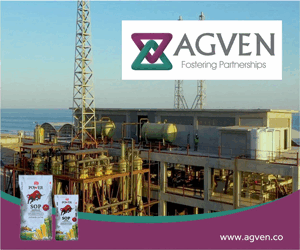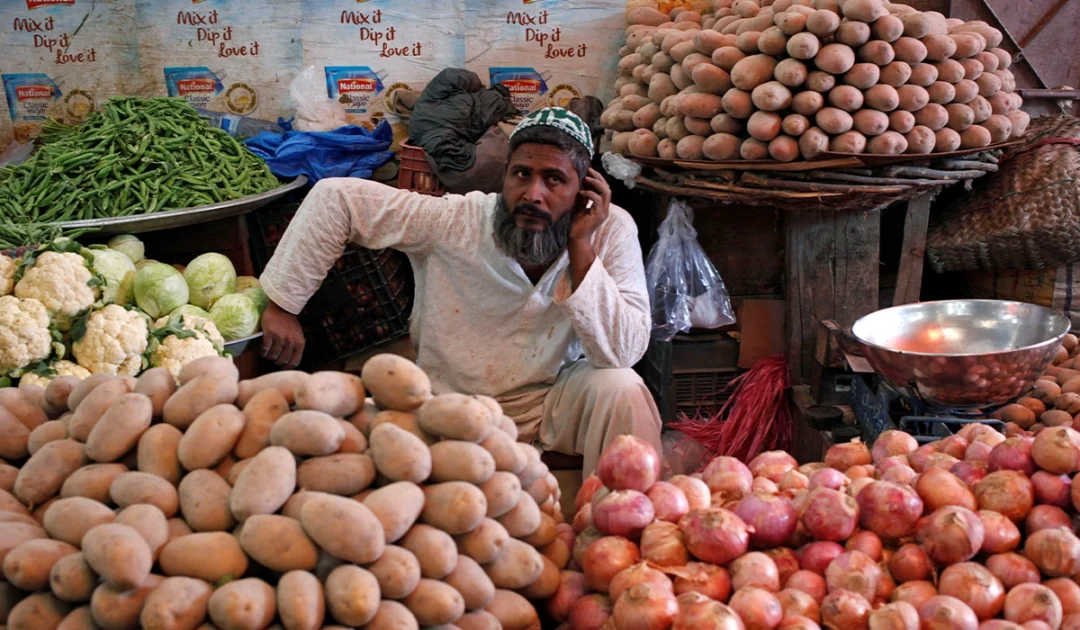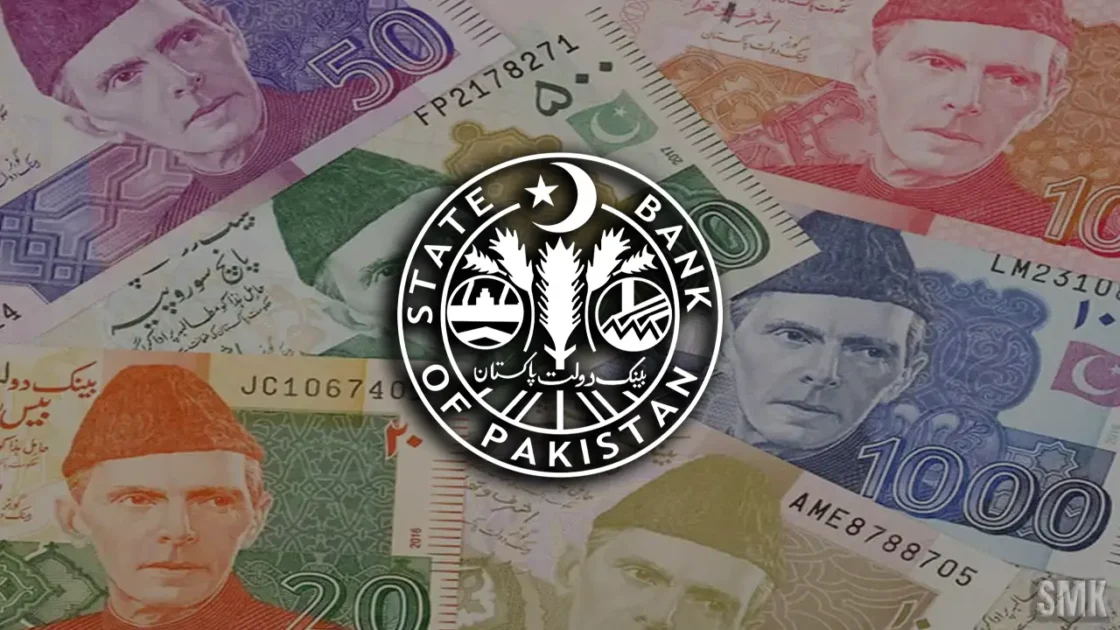- Web Desk
- 9 Hours ago

ADB warns Pakistan’s population could exceed 400 million by 2050
-
- Web Desk
- Oct 22, 2024

WEB DESK: Pakistan’s rapid urbanisation is creating significant challenges, with 40 per cent of the population expected to live in urban areas by 2030, according to the Asian Development Bank (ADB).
ADB Country Director for Pakistan, Emma Fan, highlighted these issues at the launch of the National Urban Assessment of Pakistan.
She warned that urban centres, already facing deficits in infrastructure and services, will face even more pressure as the urban population is projected to reach 99 million by 2030.
The assessment reveals that urbanisation in Pakistan is heavily concentrated in major cities, particularly provincial capitals. This concentration is overwhelming local governments, who are struggling to provide basic services like water supply, sanitation, housing, healthcare, and education.
In response, the ADB has initiated several projects aimed at improving urban services and infrastructure. These include the Punjab Intermediate Cities Improvement Investment Project (PICIIP) launched in 2017, and the Khyber-Pakhtunkhwa Cities Improvement Project (KPCIP) in 2021.
Both projects focus on upgrading water and sewerage systems, enhancing public spaces, and improving service delivery.
According to Express Tribune, the ADB also launched the Developing Resilient Environments and Advancing Municipal Services (DREAMS) project last year to enhance climate resilience in Rawalpindi and modernise waste management in Bahawalpur.
The ADB is committed to supporting balanced urbanisation by developing climate-resilient infrastructure in intermediate cities, ensuring high-quality services, and promoting sustainable urban growth.
However, challenges remain, particularly in managing unplanned urban expansion into agricultural areas, which threatens Pakistan’s food security.
Additionally, the report highlights the uneven distribution of urban populations, with 60 per cent of Sindh’s urban residents living in Karachi, compared to only 28 per cent in Lahore.
Read next: Pakistani rupee rises by 9 paisa against US dollar in early trade






